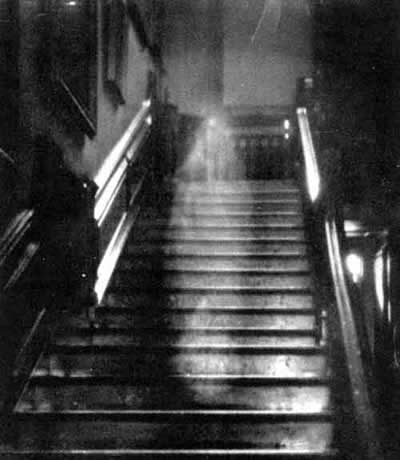Memberships and Supernaturals

In our society, we tend to understand religion in terms of memberships, individuals are members of churches, temples, mosques, etc. But this is never true in societies without specialization.
In our society, we often think in terms of the "supernatural" but that implies a division of the world into "natural" and "supernatural" that is not accepted by many believers, even in our own society.
Next: Characteristics: myths and stories
It's worth recalling how unusual religion is in the U.S. Historically, in European societies, before the reformation, (almost) everyone was Catholic and after the reformation the religion of the people was determined by the religion of the ruler. Sometimes, this could change overnight. There were exceptions such as Jews, but these were usually understood as alien people and they were subject to special stigmatizing laws and often brutal violence. The diversity of Christian practice in the US has been commented on since de Tocqueville in the 1840s. No one knows how many different denominations there are (and it depends on how you define denomination) but estimates range from lows in the 200s to highs in the tens of thousands. As far as I know, there is no other country with so many different religious institutions. So, it stands to reason that Americans think of religion differently than most people in the world.
You might recognize the photo, published first in 1936, of the famous Brown Lady of Raynam Hall, a 17th century estate house in Norfolk, England. Photos like this one encouraged belief in spirit phenomena, which was extremely popular starting in the mid 19th. It remains popular today with TV shows like "Ghost Hunters." However, photos like this one are easy to fake and no scientifically valid observation or measurement of a ghost has ever been made.
